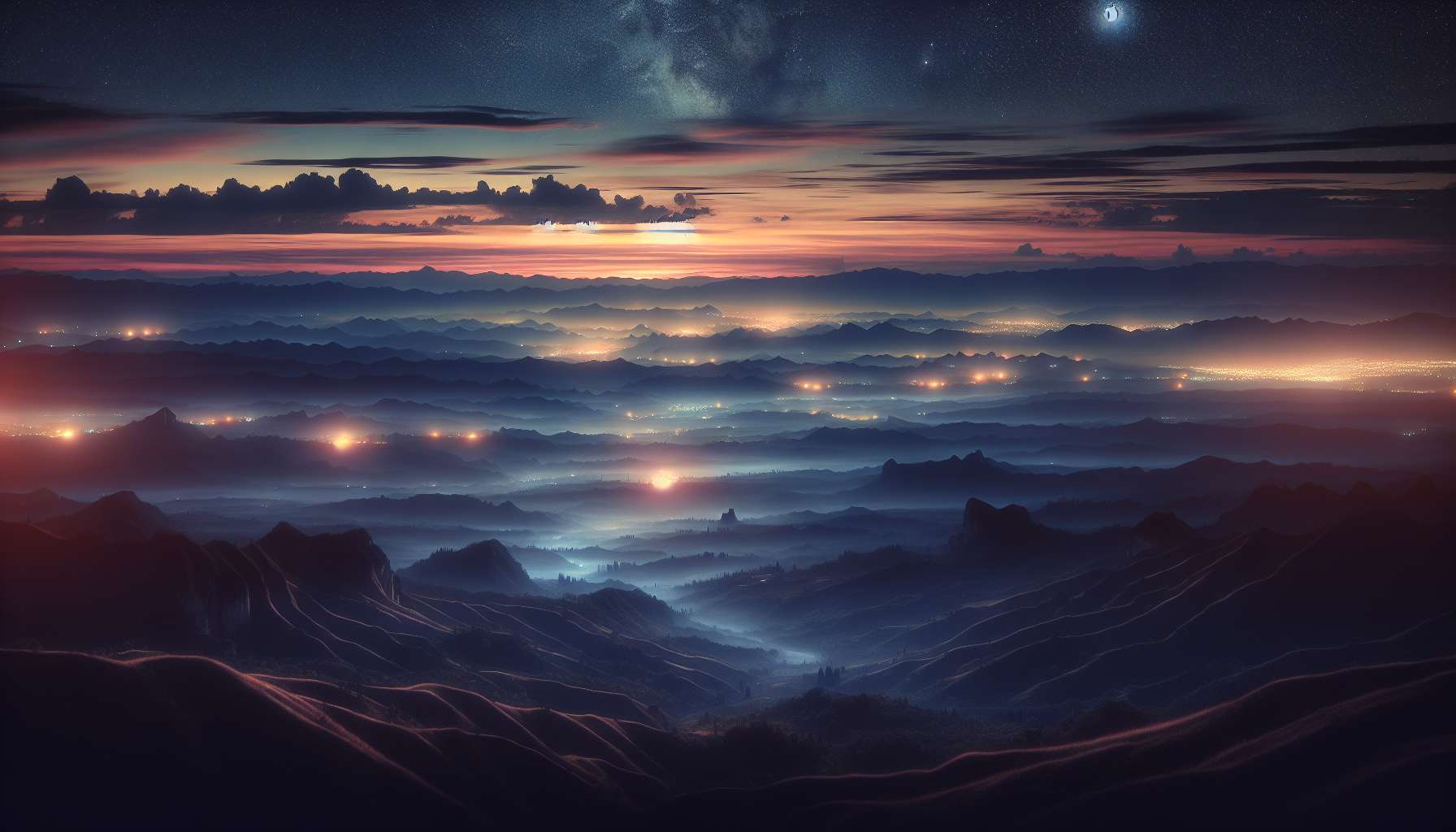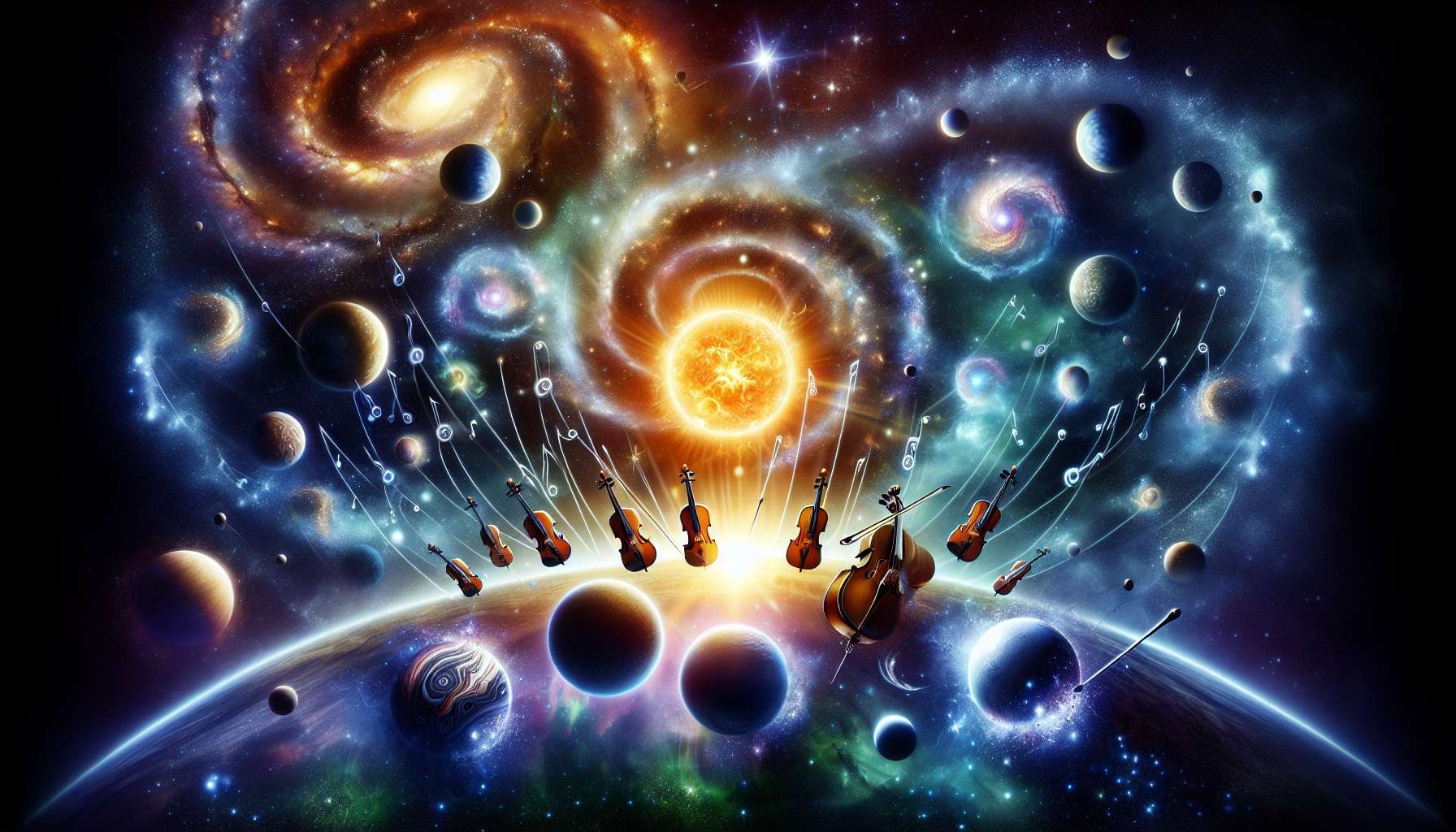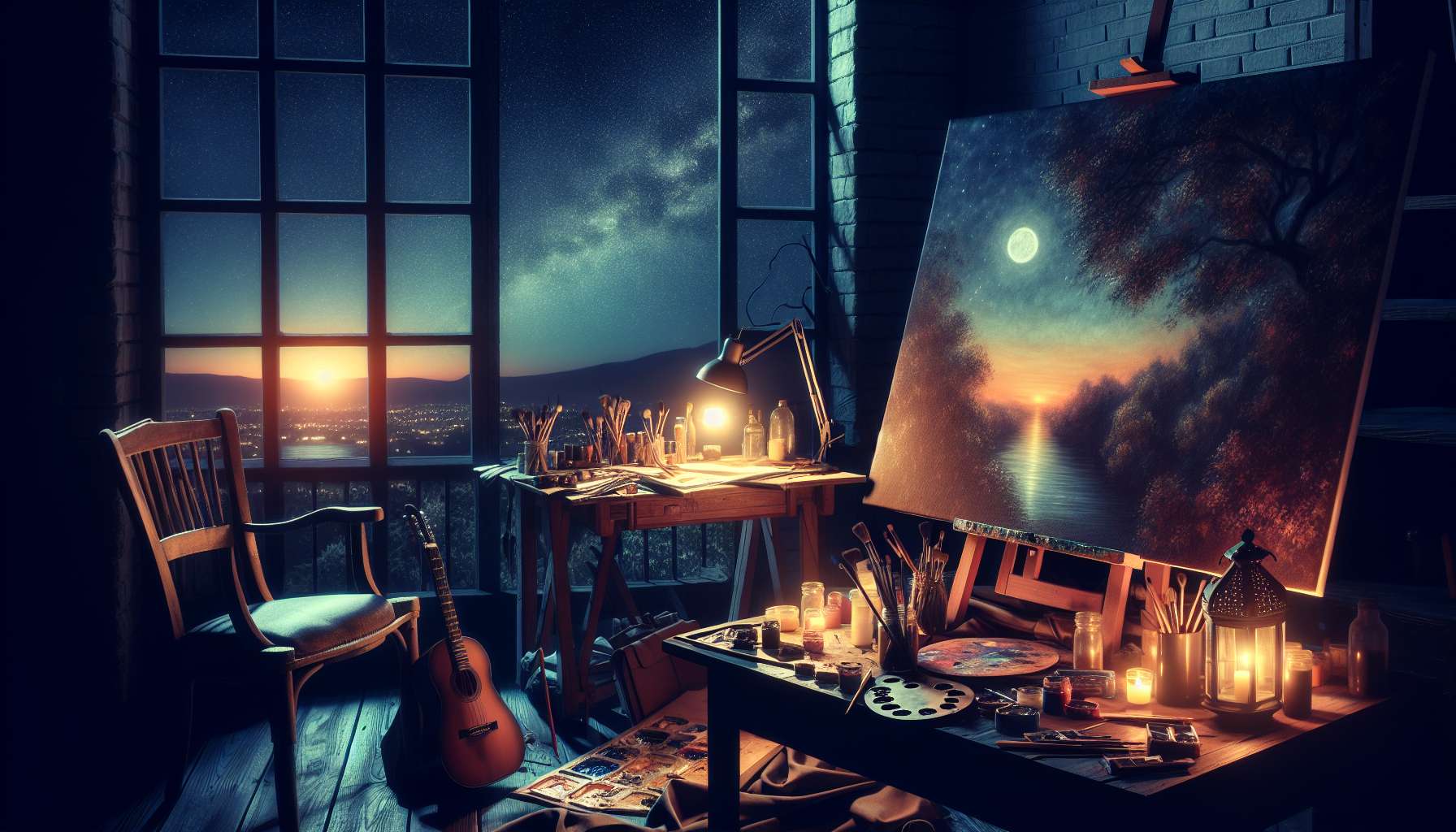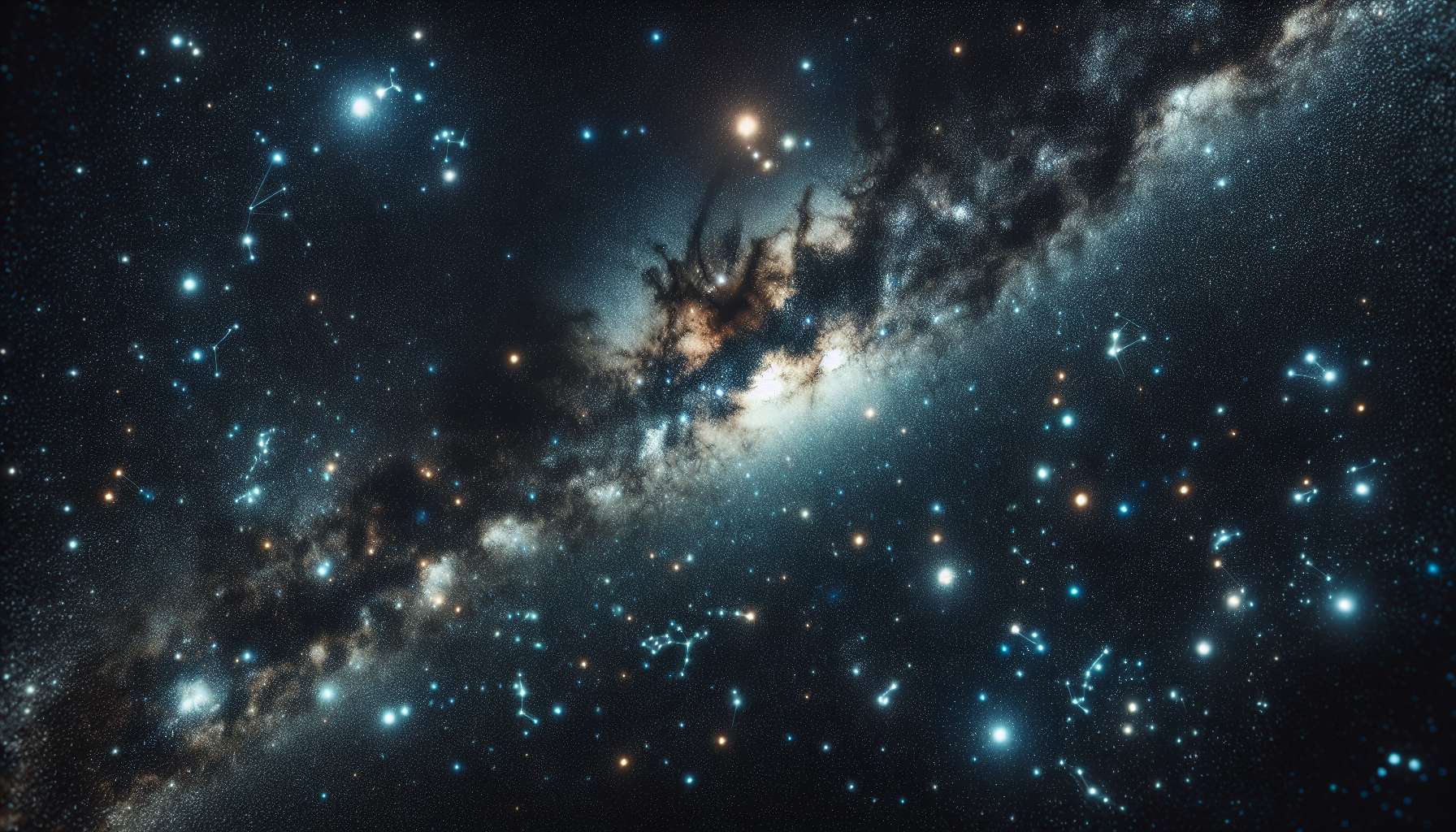Unlocking the Magic of Twilight Photography: A Comprehensive Guide
As the sun dips below the horizon, casting a soft, ethereal glow across the sky, a unique and captivating moment emerges – twilight. This transitional period between day and night offers photographers a golden opportunity to capture stunning images with a magical quality. Twilight photography, also known as blue hour photography, presents a challenge and an artistic adventure unlike any other. In this comprehensive guide, we will delve into the world of twilight photography, exploring its techniques, challenges, and the enchanting results it can produce.
The Enchantment of Twilight
Twilight, with its subtle hues and delicate light, creates a mesmerizing atmosphere that can transform ordinary scenes into extraordinary works of art. The soft, diffused light of twilight offers a unique setting for photographers to play with shadows, contrasts, and colors, resulting in images that evoke a sense of mystery and wonder. Whether capturing cityscapes, landscapes, or portraits, twilight photography allows for endless creative possibilities.
The Golden Hour and the Blue Hour
Twilight photography is often divided into two distinct periods: the golden hour and the blue hour. The golden hour, occurring shortly after sunrise or before sunset, bathes the landscape in warm, golden light, creating a soft, flattering glow. This period is ideal for capturing rich, vibrant colors and dramatic shadows. On the other hand, the blue hour occurs before sunrise or after sunset when the sky takes on a deep blue hue, providing a magical backdrop for nocturnal scenes. Understanding the characteristics of each hour is essential for planning and executing successful twilight photography sessions.
Equipment for Twilight Photography
When venturing into the world of twilight photography, having the right equipment is crucial for achieving optimal results. Here are some essential tools and gear to consider:
1. Camera:
Invest in a DSLR or mirrorless camera with manual settings to have full control over exposure and focus. A camera with good low-light performance is essential for capturing sharp, noise-free images in dim light conditions.
2. Tripod:
A sturdy tripod is a must-have for twilight photography to ensure stability and prevent camera shake during long exposures. Look for a lightweight, portable tripod that is easy to set up and adjust.
3. Remote Shutter Release:
Using a remote shutter release or self-timer function can help minimize camera shake when taking long exposures. This handy tool allows you to trigger the shutter without physically touching the camera.
4. Fast Lens:
A fast lens with a wide aperture (e.g., f/2.8 or wider) is ideal for twilight photography as it allows more light to reach the camera sensor, enabling you to shoot in low-light conditions without compromising image quality.
5. Lens Hood:
A lens hood can help reduce lens flare and ghosting caused by stray light sources during twilight photography. It also provides added protection for your lens from dust, moisture, and accidental bumps.

Techniques for Capturing Twilight Moments
Mastering the art of twilight photography requires a combination of technical skill, creative vision, and patience. Here are some key techniques to help you capture stunning twilight moments:
1. Set the Right Exposure:
Adjust your camera settings to achieve the perfect exposure for twilight photography. Start by setting a low ISO (e.g., ISO 100-400) to reduce noise, use a wide aperture for shallow depth of field, and choose a slow shutter speed to capture the ambient light.
2. Use Manual Focus:
In low-light conditions, it can be challenging for autofocus systems to lock onto subjects. Switch to manual focus mode and use live view or focus peaking to ensure sharp, crisp images during twilight photography.
3. Experiment with White Balance:
Play with white balance settings to adjust the color temperature of your images and create different moods. For warmer tones, use a tungsten or cloudy white balance, while for cooler tones, try a daylight or shade white balance setting.
4. Frame Your Shot:
Consider composition elements such as leading lines, symmetry, and framing to create visually appealing twilight images. Experiment with different angles, perspectives, and focal lengths to find the most compelling composition for your subject.
5. Embrace Long Exposures:
Explore the creative possibilities of long exposures during twilight photography. Use a tripod to stabilize your camera and experiment with slow shutter speeds to capture movement, light trails, and the passage of time in your images.

Challenges and Solutions in Twilight Photography
Twilight photography presents a unique set of challenges that photographers must overcome to capture stunning images. From limited available light to changing conditions, here are some common challenges and solutions for twilight photography:
1. Low Light:
The diminishing light during twilight can make it difficult to achieve proper exposure and focus. To overcome this challenge, use a tripod for stability, increase your camera’s ISO setting, and open up your aperture to allow more light into the sensor.
2. Changing Colors:
As the sky transitions from golden hour to blue hour, the colors and tones in your images may shift rapidly. To address this challenge, be prepared to adjust your white balance settings, exposure compensation, and composition to adapt to changing lighting conditions.
3. Noise and Grain:
Shooting in low light can result in digital noise and grain in your images. To reduce noise, use a lower ISO setting, shoot in RAW format for better post-processing control, and apply noise reduction techniques during editing.
4. Lens Flare and Ghosting:
Direct light sources, such as streetlights or car headlights, can cause lens flare and ghosting in twilight photography. Use a lens hood to minimize stray light, position yourself to avoid direct light sources, and consider using a lens filter to reduce unwanted reflections.
5. Weather Conditions:
Unpredictable weather can impact your twilight photography sessions, affecting visibility, light quality, and overall mood. Be prepared to adapt to changing weather conditions, use weather-sealed gear, and take advantage of dramatic weather patterns to add interest to your images.
Expert Tips for Mastering Twilight Photography
For aspiring twilight photographers looking to hone their skills and elevate their craft, here are some expert tips to consider:
1. Scout Locations:
Before heading out for a twilight photography session, research and scout potential locations to find the best vantage points, compositions, and lighting conditions. Visit the site during different times of day to familiarize yourself with the surroundings and plan your shots accordingly.
2. Experiment with Filters:
Consider using filters such as graduated neutral density filters, polarizing filters, or color filters to enhance the colors, contrast, and mood of your twilight images. Experiment with different filter combinations to achieve the desired effect and add visual interest to your photos.
3. Embrace Post-Processing:
Post-processing plays a crucial role in enhancing and refining your twilight images. Use editing software such as Adobe Lightroom or Photoshop to adjust exposure, contrast, colors, and sharpness, and bring out the full potential of your twilight photos.
4. Experiment with Different Lenses:
Explore the creative possibilities of different lenses for twilight photography, from wide-angle lenses for expansive landscapes to telephoto lenses for capturing distant subjects. Experiment with focal lengths, perspectives, and depth of field to create varied and dynamic twilight images.
5. Stay Patient and Persistent:
Twilight photography requires patience, perseverance, and a willingness to experiment and learn from each session. Don’t be discouraged by initial challenges or setbacks – embrace the process, stay curious, and keep pushing yourself to explore new techniques and creative approaches.
Conclusion: Embracing the Magic of Twilight Photography
In conclusion, twilight photography offers a unique and enchanting opportunity for photographers to capture the beauty and mystery of the transition between day and night. By mastering the techniques, overcoming challenges, and embracing the creative possibilities of twilight photography, you can create stunning images that evoke emotion, spark wonder, and inspire imagination. Whether you’re a seasoned professional or a novice enthusiast, exploring the world of twilight photography can lead to a rewarding and fulfilling artistic journey. So, grab your camera, venture into the twilight, and unlock the magic waiting to be captured through your lens.




